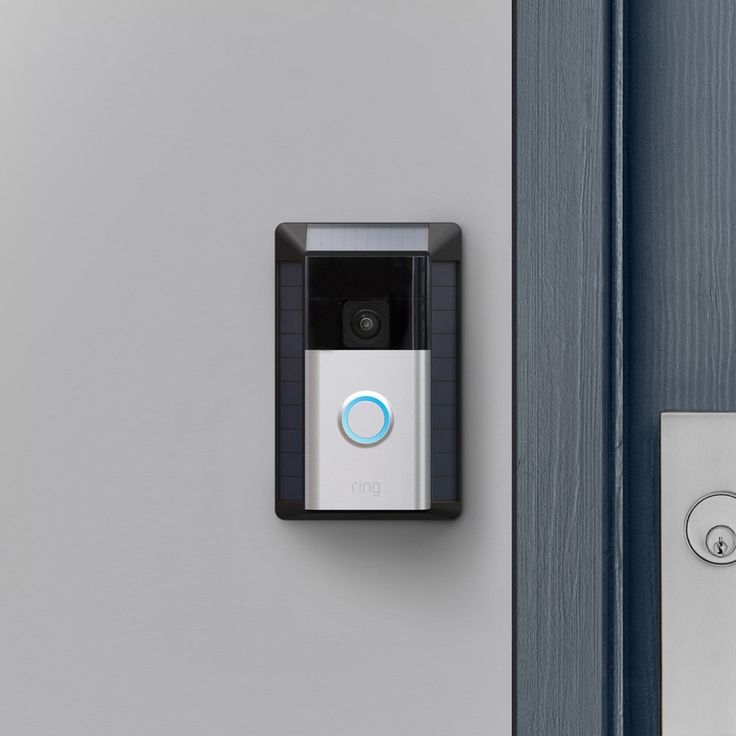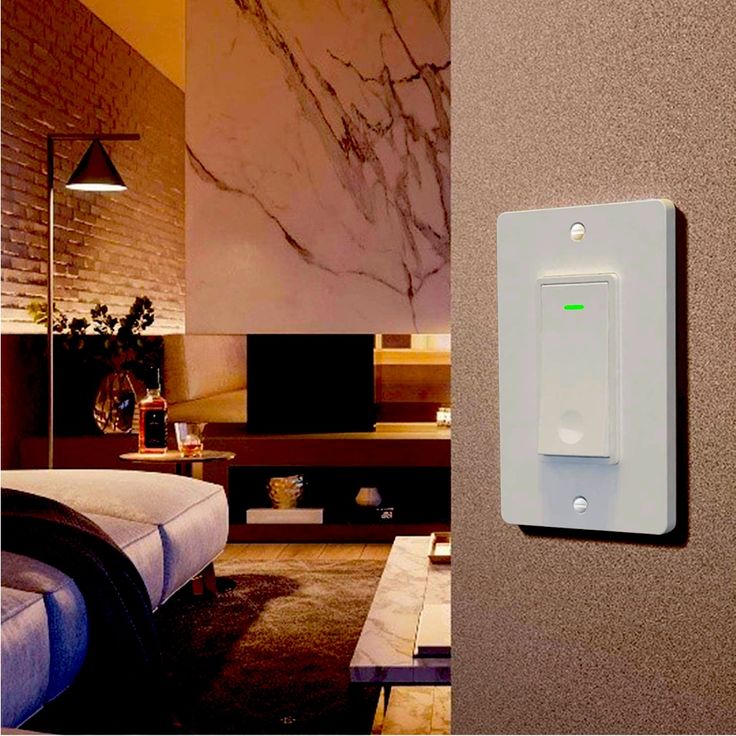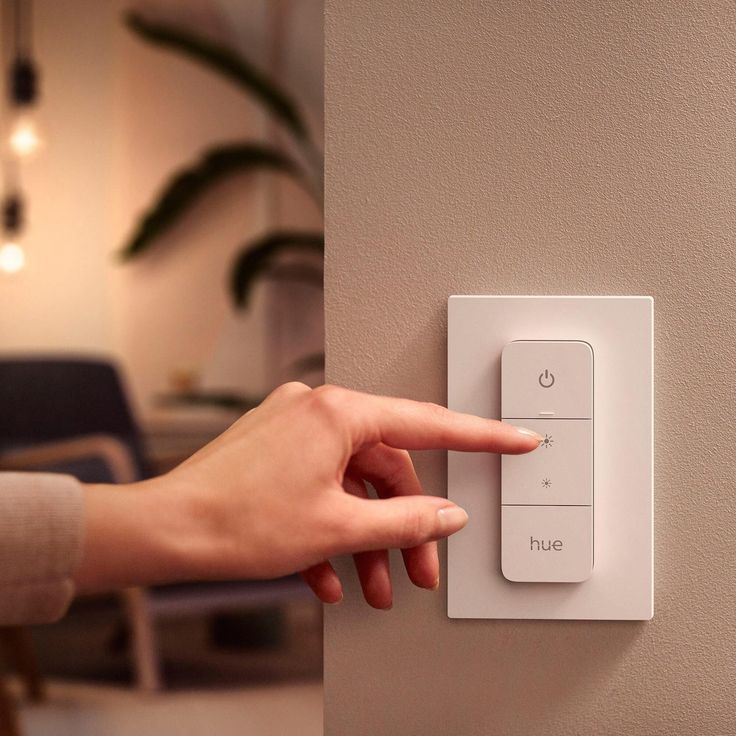The Challenge of No Neutral Wiring in Smart Homes
Navigating the world of smart home technology can often hit a snag with wiring. Traditional switches in older homes do not have neutral wires, which most modern smart switches require to operate. This poses a challenge for homeowners eager to upgrade to intelligent lighting solutions. The absence of a neutral wire in the switch box limits the power available to a smart switch when the light is off, therefore preventing constant connectivity which is essential for smart switches to function correctly.
As smart home adoption grows, the demand for no neutral smart switches has increased. Solutions that cater to this need have emerged, offering the versatility of smart controls without the hassle of rewiring. Overcoming the challenge of no neutral wiring to incorporate smart technology is now a possibility, allowing for greater adoption and simpler integration of smart lighting into homes with older wiring configurations.
Top Picks for No Neutral Smart Switches
When faced with the challenge of no neutral wires, homeowners and smart home enthusiasts need reliable solutions. Here are some top picks for no neutral smart switches that enhance functionality, ensure consistent connectivity, and are user-friendly.
- Lutron Caséta Wireless Dimmer: Often lauded for its superior performance, the Lutron Caséta works without a neutral wire and integrates seamlessly with a wide array of smart home platforms. Its user-friendly app provides extensive control options.
- GE C-Start Smart Switch: GE offers a no neutral smart switch that operates efficiently with a minimal load, making it a suitable choice for LED lighting fixtures. It supports voice commands and is compatible with major assistants like Amazon Alexa.
- Inovelli Red Series Dimmer: Known for its customizability and versatility, the Inovelli Red Series Dimmer caters to home automation advocates. It comes packed with features, including scene control, even without a neutral wire.
- Philips Hue Dimmer Switch: While traditionally used with Philips Hue bulbs, the dimmer switch can be a practical alternative to typical smart switches. The Hue Dimmer can be linked to a hub to enable greater control over lighting systems.
Each option overcomes no neutral wiring challenges with unique features tailored for different needs. When selecting the best fit for your home, consider compatibility, control complexity, and installation requirements to maximize your smart home’s potential.

Considerations When Choosing a No Neutral Smart Switch
Choosing the right no neutral smart switch requires consideration of several factors to ensure compatibility and satisfaction with your smart home setup. Here are key aspects to keep in mind:
- Load Compatibility: Look for switches that can handle the type of lighting load you have, whether it’s LED, CFL, or incandescent.
- Wireless Protocol: Ensure that the switch’s wireless protocol aligns with your smart home ecosystem, whether it’s Wi-Fi, Zigbee, or Z-Wave.
- Smart Home Integration: Check if the smart switch integrates with your existing smart home platforms, such as Apple HomeKit, Amazon Alexa, or Google Assistant.
- Ease of Use: Consider how user-friendly the app and physical switch are. A straightforward user interface can enhance your daily interaction with the switch.
- Design and Aesthetics: The switch should match your home’s interior design. Sleek, discreet designs are often preferred for modern homes.
- Feature Set: Determine what features are a must-have, such as scene setting, scheduling, or remote access.
- Electrical Configuration: Verify that your home’s electrical configuration can support the switch, taking into account the absence of a neutral wire.
- Installation: Assess whether you can install the switch yourself or need professional assistance.
By carefully evaluating these considerations, you’ll be equipped to select a no neutral smart switch that effectively transforms and integrates into your smart home environment.
Installation Tips for Smart Switches Without Neutral Wires
Installing a smart switch without a neutral wire can be straightforward if you follow some essential tips. These suggestions aim to simplify the installation process and ensure your no neutral smart switch operates correctly and safely.
- Read the Manual Thoroughly: Before beginning installation, thoroughly read the manufacturer’s instructions. Each smart switch may have specific requirements or steps that are crucial for proper function.
- Turn Off Power: Always turn off the power at the circuit breaker to avoid any electrical hazards. This step is crucial to ensure safety during the installation process.
- Check Wiring Compatibility: Ensure that your existing wiring configuration can support the smart switch. Identify the load and line wires, as these are crucial for connecting the smart switch correctly.
- Use a Wire Tester: To confirm that power is completely off and to identify wires accurately, use a wire tester. This tool is essential for safely distinguishing between different electrical wires.
- Follow Configuration Steps: If your smart switch requires specific configurations, such as setting switches on the device for proper operation, carefully follow these guidelines as outlined in the manual.
- Seek Professional Help If Unsure: If the installation instructions are unclear or if you are unsure about the wiring, it’s wise to hire a professional electrician. An expert can ensure that the smart switch is installed correctly and safely.
- Test the Switch After Installation: Once installed, restore power and test the switch to verify that it functions correctly with your lighting system and integrates seamlessly with your smart home network.
By following these installation tips, homeowners can effectively integrate no neutral smart switches into their homes, enhancing convenience and modernizing their lighting systems without extensive rewiring.

Advantages of Using No Neutral Smart Switches
Choosing smart switches that don’t require a neutral wire offers several advantages. These switches are ideal for homes where rewiring isn’t feasible. Let’s delve into the benefits these smart switches bring to the table.
- Preservation of Historic Homes: In historical homes, preserving the integrity of the original structure is important. No neutral smart switches allow you to add modern conveniences without altering the home’s electrical infrastructure.
- Cost Savings: Avoiding the need to rewire your home results in significant savings. You can enjoy the benefits of smart lighting technology without incurring high labor and material costs associated with electrical upgrades.
- Compatibility with LED Lights: Many no neutral smart switches are designed to work well with low-power LED lighting, ensuring they function correctly even with the minimal current draw LEDs are known for.
- Energy Efficiency: Smart switches can contribute to energy savings. By remotely controlling lights or setting schedules, you prevent unnecessary energy consumption, which can lead to lower utility bills.
- Enhanced Features: Despite not requiring a neutral wire, these switches often boast a suite of advanced features, including dimming capabilities, voice control, and integration with smart home assistants.
Given these advantages, it stands to reason why homeowners are increasingly opting for no neutral smart switches as part of their smart home setups. They blend effortlessly with existing electrical systems and offer substantial benefits in terms of convenience and energy efficiency.
Integration with Smart Home Ecosystems
Ensuring your no neutral smart switch is compatible with your smart home ecosystem is essential for a seamless experience. Here are key integration points to consider:
- Voice Assistant Compatibility: Check for compatibility with popular voice assistants like Amazon Alexa, Google Assistant, or Siri for hands-free control.
- Smart Home Platform Support: Determine if the switch supports platforms like Apple HomeKit, Samsung SmartThings, or if it can connect via IFTTT for routine automation.
- App Integration: Look for switches that offer their own app or can be easily added to existing smart home apps for centralized control.
- Remote Access Features: Choose switches with remote access capabilities, allowing you to control your lights away from home through a mobile device.
- Updates and Maintenance: Consider the update process and how the manufacturer supports the product with firmware upgrades for new features or security improvements.

Smart Bulbs vs. No Neutral Smart Switches: A Comparison
Choosing between smart bulbs and no neutral smart switches involves assessing specific needs and preferences. Understanding the differences can guide homeowners to make informed decisions for their smart homes.
- Installation Simplicity: Smart bulbs screw into existing fixtures, requiring no electrical work, whereas no neutral smart switches may necessitate some wiring knowledge or the assistance of an electrician.
- Functionality Diversity: Smart bulbs often provide a range of color and brightness options, while no neutral smart switches generally offer on/off and dimming capabilities without affecting bulb color.
- Cost Considerations: Initially, smart bulbs may seem less expensive, but the total cost might increase with the number of bulbs needed. In contrast, a single no neutral smart switch can control multiple light fixtures, potentially offering cost savings.
- Control Mechanics: No neutral smart switches maintain traditional wall switch operation, with added smart functionality. Smart bulbs rely on app or voice control, which may cause issues if a physical switch is turned off, disconnecting power to the bulb.
- Energy Efficiency: Both solutions can contribute to energy savings through scheduling and remote management, although smart switches may have an edge by easily controlling multiple lights.
Future Trends in No Neutral Smart Home Technology
The landscape of smart home technology is continually evolving, with innovations making systems more accessible and convenient.
Improved Battery Solutions
Enhancements in battery technology might lead to no neutral switches with longer life spans and faster charging. They eliminate frequent battery replacements.
Smart Energy Monitoring
With a growing focus on energy conservation, future no neutral smart switches could incorporate energy monitoring features.
Advanced Control Features
Anticipate no neutral smart switches to offer more sophisticated control options. No neutral smart switches will continue to play a pivotal role in the intelligent lighting landscape.